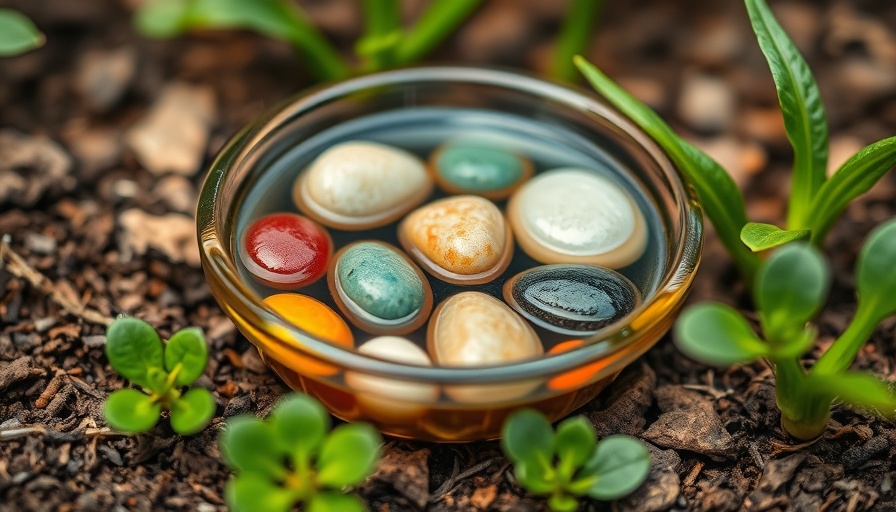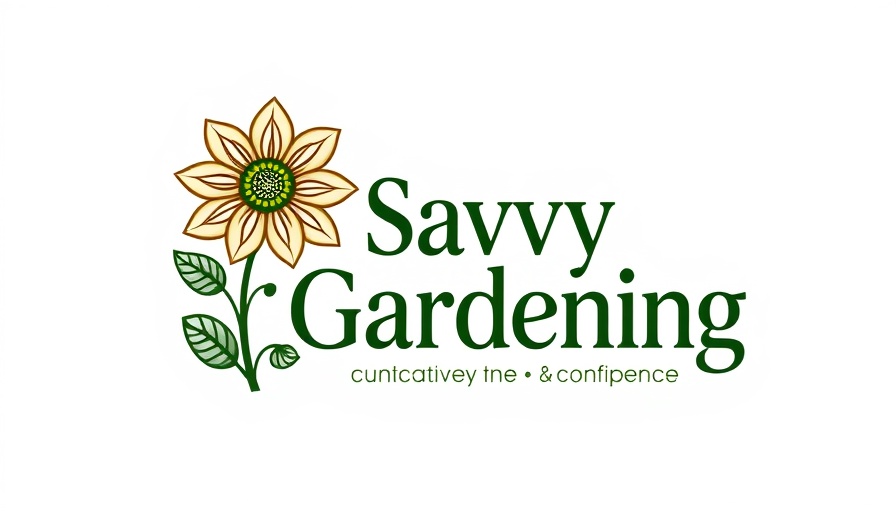
Creating a Buzz: The Importance of Bee Baths in Your Garden
Imagine stepping into your garden and witnessing the flurry of life around you—bees, butterflies, and other pollinators dancing from flower to flower. These creatures are vital to the ecosystem, and one simple addition to your garden can significantly enhance their presence: a bee bath. Providing water for these insects is imperative, especially during the hot summer months, making it one of the easiest and most rewarding projects for any homeowner looking to create a haven for wildlife.
Why Are Bee Baths Essential?
As vital contributors to our environment, bees play a crucial role in pollination, which is essential for the growth of many plants and crops. However, like all living beings, they need water to thrive. In urban settings, where natural water sources may be scarce or contaminated with pollutants, a bee bath can provide a safe hydration option. By offering clean and stagnant water, you can help sustain the local bee population, ensuring that they continue to pollinate your plants and contribute to biodiversity.
DIY: Crafting Your Own Bee Bath
Creating a bee bath is a straightforward DIY project that requires minimal supplies. Here's a quick guide:
- Materials: All you need is a shallow dish, stones, and fresh water.
- Instructions: Choose a shallow bowl or plate, place a few stones inside, and fill with water. Make sure some stones stick out above the water line, offering a perch for the bees.
- Placement: Position your bee bath in a sunny, safe area close to flowering plants where pollinators already gather.
During dry spells, make it a habit to change the water frequently to prevent evaporation.
Bee Baths: Not Just for Bees
While the primary focus is on bees, don’t overlook the other pollinators that can benefit from your bee bath. Butterflies, for instance, enjoy shallow water and may appreciate a small mud puddle nearby for minerals. Additionally, if you have a birdbath, adding stones or pebbles can provide a safe drinking spot for bees while also serving the needs of your feathered friends.
Caring for Your Bee Bath
Maintenance is key to ensuring your bee bath serves its purpose. Replace the water regularly, especially in hot weather, to prevent stagnation which can attract mosquitoes. In winter, consider removing the bath to prevent ice formation and to keep your garden looking tidy.
Expanding Your Buzz-Worthy Garden
A bee bath can also be part of a larger effort to attract pollinators. By incorporating a variety of native plants and providing shelter, you create a comprehensive ecosystem that supports not only bees but other beneficial insects and wildlife. Think about adding wildflower patches, leaving some areas of your garden untamed, or installing insect hotels.
The Ripple Effect: Impact on Your Garden and Community
By connecting with nature through gardening and providing resources such as bee baths, you foster a more sustainable garden. This project not only enhances your property value but also contributes positively to your community’s environment. Neighbors may follow suit, creating a network of vibrant gardens that promote biodiversity.
Actionable Insights
If you are passionate about gardening and the environment, now is the perfect time to create your own bee bath! Not only will this small endeavor make your garden more appealing and lively, but it will also support our precious pollinators. Take a step forward and witness the benefits unfold all around you.
In conclusion, a simple bee bath can create a significant impact on your garden and the surrounding ecosystem. By providing a water source, you pave the way for flourishing plant life and a thriving community of pollinators. Let’s work together to nurture our environment one garden at a time!
 Add Row
Add Row  Add
Add 


Write A Comment